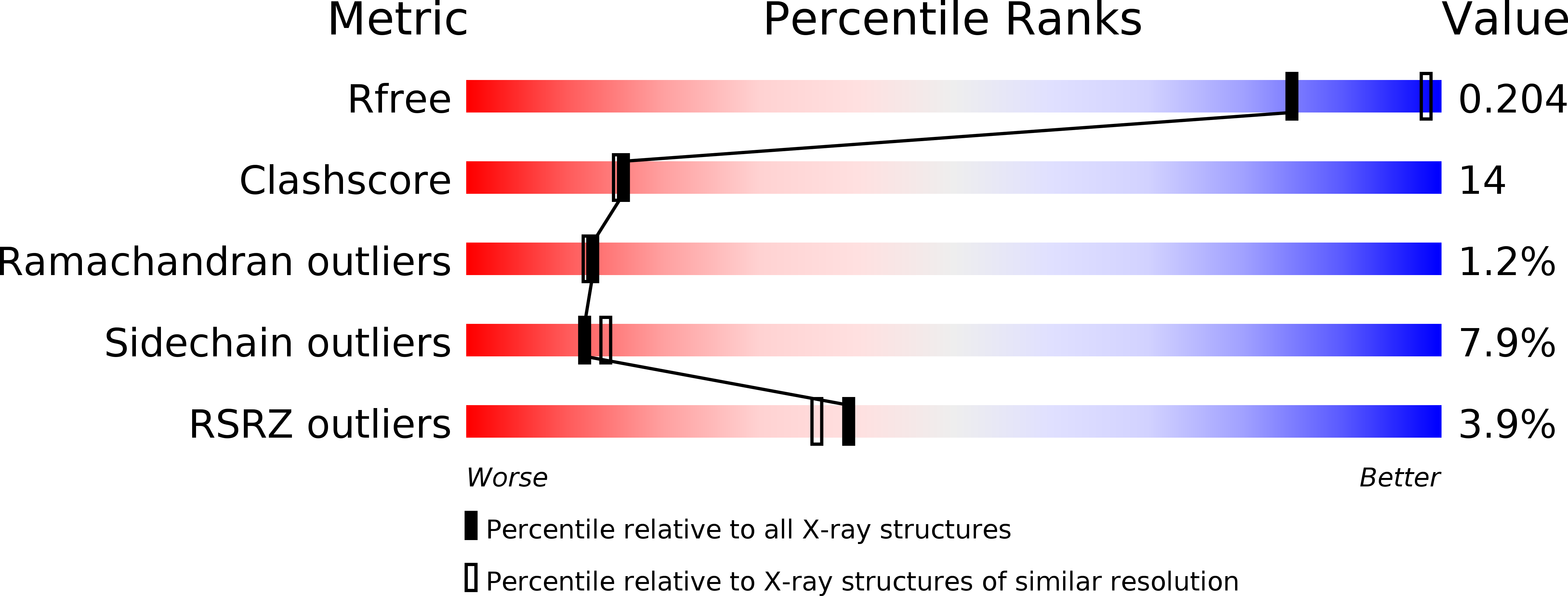
Deposition Date
2006-09-01
Release Date
2006-09-26
Last Version Date
2023-08-30
Entry Detail
PDB ID:
2I8C
Keywords:
Title:
Allosteric inhibition of Staphylococcus aureus D-alanine:D-alanine ligase revealed by crystallographic studies
Biological Source:
Source Organism:
Staphylococcus aureus subsp. aureus (Taxon ID: 93062)
Host Organism:
Method Details:
Experimental Method:
Resolution:
2.46 Å
R-Value Free:
0.26
R-Value Work:
0.20
R-Value Observed:
0.21
Space Group:
P 1 21 1


